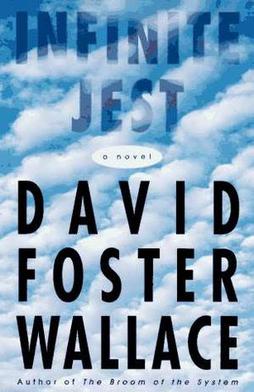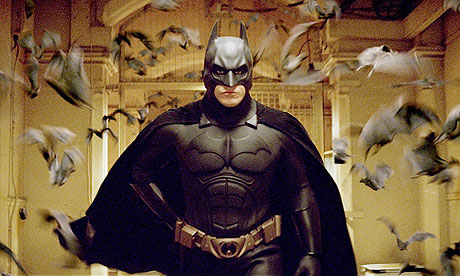Although I didn’t get the chance to visit EbertFest 2015, I have been an avid reader of Roger Ebert’s film reviews for quite a long time. I particularly prefer his reviews to other top film critics because Ebert typically tried to see the positive things in movies, good or bad, and usually when he disliked a film, he was typically kind and constructive in his criticism whereas some other top critics are often just mean.
That being said I decided to go back and explore his reviews of two of my favorite movies of all time that happen to both star the incredibly multi-dimensional ‘funny-man’ Jim Carrey in movies that aren’t necessarily comedies.

Jim Carrey and Kate Winslet in my favorite still from Eternal Sunshine of the Spotless Mind
In the first film I investigated, Eternal Sunshine of the Spotless Mind, directed by Michael Gondry and written by Charlie Kaufman, I was not surprised to discover that Ebert gave it three and a half stars out of four. The film is about two emotionally isolated individuals who fell in love, fell out of love and hired a fictional service called “Lacuna Inc,” to erase the painful memories of their time together to help get over their relationship. If you haven’t seen it, I won’t say much more because it might spoil it for you, but I will say that it is a deep dive into the mystery of memory and the inevitability of history repeating itself. Ebert says of the film–
“Despite jumping through the deliberately disorienting hoops of its story, “Eternal Sunshine” has an emotional center, and that’s what makes it work. Although Joel and Clementine ping-pong through various stages of romance and reality, what remains constant is the human need for love and companionship, and the human compulsion to keep seeking it, despite all odds.”
The second film I chose to research was The Truman Show, directed by Peter Weir and written by Andrew Niccol and starring again Jim Carrey. Truman (Carrey) is the subject of a multi-decade reality show, of which he is unaware of, in a giant, highly controlled environment filled with hidden cameras and actors who he has believed to be his family, friends and even spouse for his entire life.
Probably my favorite still of any movie
Ebert gave this film a perfect score and if you watch it, I think you will understand why. The very beginning of his review of this film goes like this —
“The Truman Show is founded on an enormous secret that all of the studio’s advertising has been determined to reveal. I didn’t know the secret when I saw the film, and was able to enjoy the little doubts and wonderings that the filmmakers so carefully planted. If by some good chance you do not know the secret, read no further.”
While I may have already exposed a little bit of the plot, my favorite thing that Ebert said about this film is that “it brings into focus the new values that technology is forcing on humanity.” We were talking today in class about how we have the ability to have high-definition cameras essentially anywhere and everywhere and it is a little scary to consider for me at least because of the powers that can and may very well already exploit that ability.




 Michelangelo Antonioni’s Blow Up (1966) is the first non-traditional film that makes me feel so confused when I watched it for the first time. I had to watch three times in order to finish my paper for Blow Up. And it turns out that I like the film more and more after I watched more times. So I choose to compare my review with Roger Ebert’s review.
Michelangelo Antonioni’s Blow Up (1966) is the first non-traditional film that makes me feel so confused when I watched it for the first time. I had to watch three times in order to finish my paper for Blow Up. And it turns out that I like the film more and more after I watched more times. So I choose to compare my review with Roger Ebert’s review.















